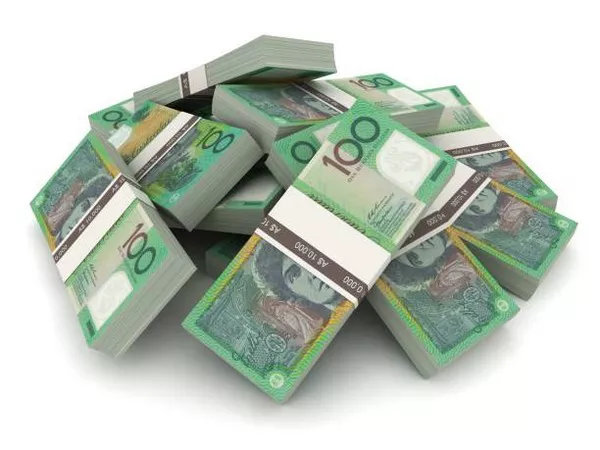In the world of numismatics, the study and collection of currency, Australian banknotes hold a significant place. From the classic designs of the early 20th century to the modern polymer notes in circulation today, Australia’s currency tells a story of its history, culture, and economic evolution. However, many Australians may wonder: Are old Australian notes worth anything beyond their face value? In this article, we delve into the fascinating world of Australian banknotes to explore their potential value and significance to collectors and investors.
The Historical Context:
Australian currency has undergone several transformations over the years. From the issuance of private banknotes in the 19th century to the establishment of the Commonwealth Bank of Australia in 1911, the country’s monetary system has seen significant changes. The iconic images of historical figures, landmarks, and indigenous motifs depicted on these banknotes offer a glimpse into Australia’s rich heritage.
Value Beyond Face Value:
While most Australian banknotes are still legal tender and can be used for transactions, certain notes hold value beyond their face value due to their rarity, condition, and historical significance. Collectors and enthusiasts often seek out specific banknotes to add to their collections, driving up their market worth. Additionally, the numismatic value of old Australian notes can increase over time, making them valuable assets for investors.
Factors Influencing Value:
Several factors determine the value of old Australian notes:
Rarity: The scarcity of a particular banknote significantly influences its value. Limited production numbers, printing errors, or unique serial numbers can make certain notes highly sought after by collectors.
Condition: The condition of a banknote plays a crucial role in determining its value. Notes in pristine condition, free from creases, stains, or tears, command a higher price in the collector’s market.
Historical Significance: Banknotes featuring significant historical events, notable personalities, or unique design elements often hold greater value among collectors and historians.
Demand: Market demand fluctuates based on collectors’ preferences, trends in numismatics, and economic factors. Rare or highly desirable banknotes can fetch premium prices at auctions or through private sales.
Popular Australian Banknotes:
Several Australian banknotes are particularly sought after by collectors and investors:
Pre-Decimal Banknotes: Old Australian notes issued before the country adopted the decimal currency system in 1966 are highly coveted by collectors. These include banknotes featuring portraits of King George V, King George VI, and Queen Elizabeth II.
First Polymer Series: The introduction of polymer banknotes in Australia in 1988 marked a significant milestone in currency technology. Early editions of polymer notes, such as the $5 and $10 commemorative notes, are prized by collectors for their innovative design and historical significance.
Special Serial Numbers: Banknotes with unique or low serial numbers, such as repeating digits, ascending or descending sequences, or binary numbers, often command higher prices in the collector’s market due to their rarity and appeal to enthusiasts.
Error Notes: Banknotes with printing errors, misprints, or production anomalies are highly sought after by collectors for their rarity and uniqueness. These error notes often fetch premium prices at auctions and are prized additions to any collection.
Preserving Value:
To maintain the value of old Australian notes, proper care and preservation techniques are essential. Storing banknotes in acid-free holders, avoiding direct sunlight and excessive handling, and maintaining stable environmental conditions can help prevent deterioration and preserve their condition over time. Professional grading services can also provide authentication and certification for valuable banknotes, enhancing their marketability and value.
Navigating the Market:
For those interested in buying or selling old Australian notes, understanding the dynamics of the collector’s market is crucial. Auction houses, numismatic dealers, online marketplaces, and specialized forums offer avenues for acquiring or selling banknotes. Researching recent sales, consulting price guides, and seeking expert advice can help individuals make informed decisions and navigate the complexities of the numismatic market.
Conclusion:
Old Australian notes possess inherent value beyond their face value, offering a window into the country’s history, culture, and economic development. From the classic designs of pre-decimal banknotes to the innovative polymer series, Australian currency reflects the nation’s rich heritage and identity. While not all old Australian notes may fetch significant prices, certain rare or historically significant banknotes hold considerable value to collectors and investors. By understanding the factors influencing value, preserving banknotes, and navigating the collector’s market, enthusiasts can explore the rewarding world of Australian numismatics and uncover the hidden treasures within their currency collections.


